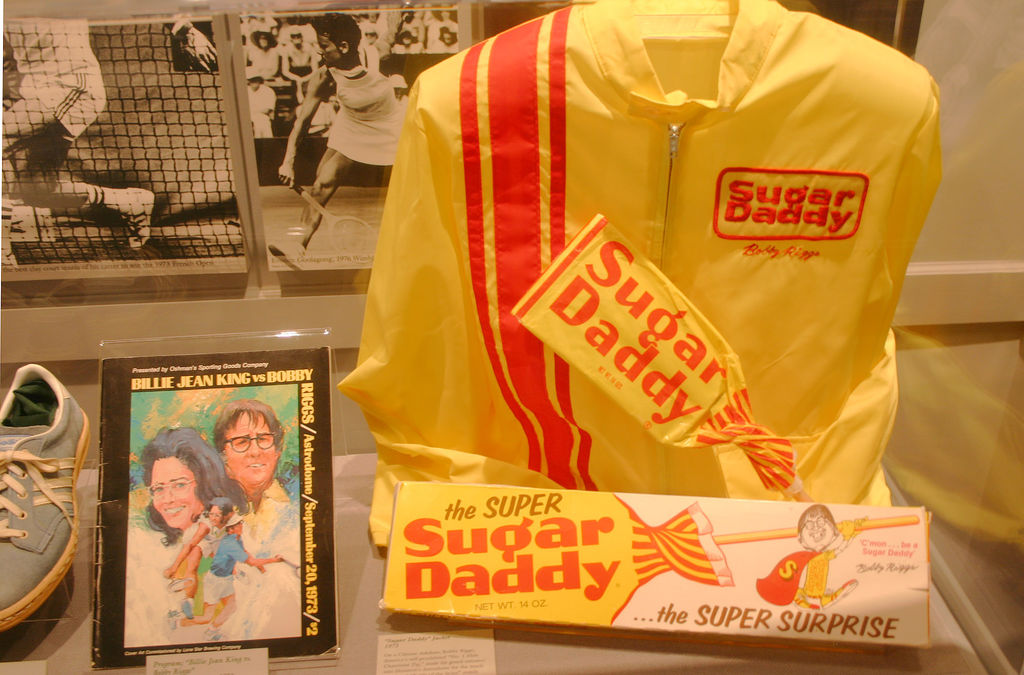By JOANNE MIKULA, Staff Writer
“You’ve come a long way, baby.”
That was the slogan for Virginia Slims, the cigarette company that sponsored Billy Jean King and eight other female tennis players when King decided to break from the United States Lawn Tennis Association (USLTA) and form her own league in 1970.
The slogan was a reference to the progress that women had made in the fight for gender equality. Almost 50 years later, the new movie “Battle of the Sexes” forces us to consider how far we have really come, both in terms of gender equality and other social justice issues.
“Battle of the Sexes” tells the story of the young King (Emma Stone) and 55-year-old former tennis champion and self-styled “male chauvinist pig” Bobby Riggs (Steve Carrell) who faced off in a highly publicized 1973 tennis match.
As “Battle of the Sexes” writer Simon Beaufoy admits, “The actual match was a pure pantomime, outright silly. Yet what was going on underneath was quite serious.” He is right about the pantomime; at the start of the match, King was brought into the arena on a litter carried by shirtless men, while Riggs, wearing a virulent yellow jacket emblazoned with “Sugar Daddy”, was rolled in by scantily clad women.
But the issues underlying the “battle of the sexes” were real enough. For millions of Americans, the match would determine whether female athletes could compete as rigorously as their male counterparts. In many ways, the contrast between the mildly ridiculous game and the serious stakes behind it reflects an uncomfortable reality: women must often subject themselves to unreasonable tests simply to prove that they are as capable as men.
As “Battle of the Sexes” makes clear, the match between King and Riggs was hardly King’s first fight for gender parity in sports. The film traces her protracted struggle, including her decision to form the breakout league after the USLTA announced that it would offer men over 10 times as much prize money as women.
“Battle of the Sexes” also addresses more personal battles, most notably King’s discovery of her sexuality. King married her husband, Larry, when she was 22, but she soon began to realize that she was attracted to women. The film shows the beginning of King’s relationship with her first girlfriend, the hair stylist Marilyn Barnett, in what Vice News reporter Jill Gutowitz referred to as “possibly the most high-stakes haircut scene ever committed to film.”
Critics have cited the relationship between King and Barnett as one of the weaker points of the film. King told NBC that she was not fully comfortable with her lesbianism until she was in her 50s, yet the movie makes little attempt to depict King’s internal struggle to accept her sexuality. Larry warns King that she will likely lose her sponsorship deal if she comes out as a lesbian, but “Battle of the Sexes” largely glosses over the shame that King herself recalls feeling as a young lesbian.
The movie takes place in the 1970s, but King’s struggles with discrimination based on gender and sexuality remain relevant today. While Wimbledon has offered the same prize money for male and female tennis players since 2007, radical pay discrepancies between male and female athletes persist in most sports. Many athletes still feel uncomfortable expressing their sexuality because of stigma or fear of losing sponsorship.
Yes, we have “come a long way” as society. But, as “Battle of the Sexes” reminds us, there is still more that we can accomplish.
Photo licensed for reuse.
